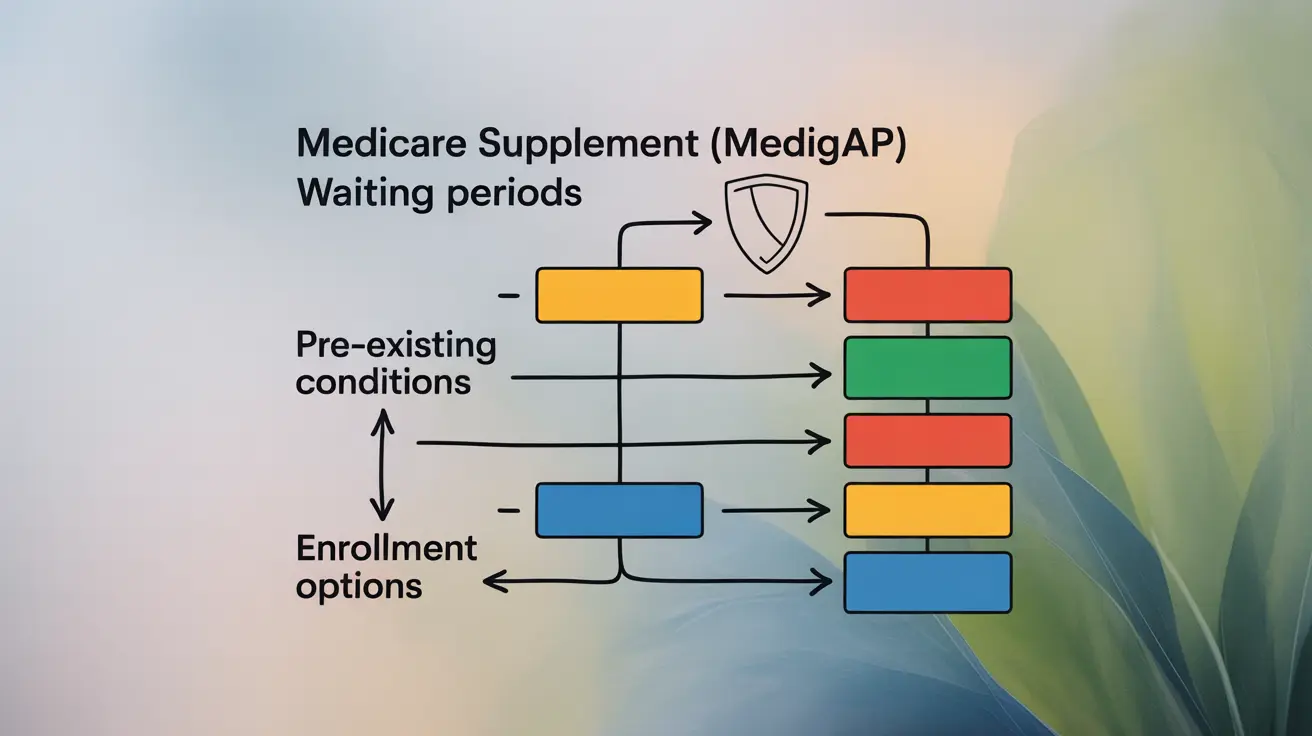In the diverse world of seafood, basa fish has emerged as a popular and affordable protein option that intrigues health-conscious consumers and culinary enthusiasts alike. Native to the rivers of Southeast Asia, this versatile white fish offers a unique nutritional profile and culinary potential that deserves closer examination. Whether you're looking to diversify your diet or understand the nuances of this lesser-known fish, this comprehensive guide will explore everything you need to know about basa fish.
What is Basa Fish?
Basa fish, scientifically known as Pangasius bocourti, is a type of catfish that has gained significant popularity in global markets. Originating from the Mekong and Chao Phraya rivers in Southeast Asia, this fish is also commonly marketed under various names such as river cobbler, Vietnamese cobbler, and pangasius. Its mild flavor and firm texture make it an excellent substitute for more expensive white fish like cod or haddock.
Farming and Global Availability
Extensively farmed in Southeast Asian countries, basa fish has become a global commodity due to its low production costs and adaptable farming techniques. The fish's ability to thrive in controlled aquaculture environments has made it a consistent and affordable protein source for international markets.
Nutritional Profile of Basa Fish
Understanding the nutritional composition of basa fish reveals why it has become a favored choice for health-conscious individuals. A standard 4.5-ounce (126-gram) serving provides an impressive nutritional package:
- Approximately 158 calories
- 22.5 grams of high-quality protein
- 7 grams of total fat (2 grams saturated, 5 grams unsaturated)
- Negligible carbohydrate content
- Low sodium levels (89 mg per serving)
Protein and Essential Amino Acids
Basa fish stands out as a complete protein source, containing all nine essential amino acids. This makes it an excellent option for individuals seeking to maintain muscle mass, support recovery, or follow a balanced diet.
Health Benefits of Basa Fish
The nutritional profile of basa fish translates into several compelling health benefits. Its low-calorie, high-protein composition makes it particularly attractive for those managing weight or seeking nutritious meal options.
Heart Health and Longevity
Observational studies suggest that consuming lean fish like basa may be associated with improved heart health and potentially increased longevity. The fish's protein and healthy fat content contribute to these potential cardiovascular benefits.
Satiety and Weight Management
Fish proteins, including those found in basa, have been shown to promote greater feelings of fullness compared to proteins from chicken or beef. This characteristic can be beneficial for individuals looking to control their calorie intake and manage weight effectively.
Food Safety and Potential Risks
While basa fish offers numerous nutritional advantages, it's crucial to be aware of potential food safety concerns associated with its farming practices and potential contaminants.
Contamination and Chemical Residues
Basa fish, particularly those imported from Southeast Asian markets, have faced scrutiny regarding potential chemical and antibiotic residues. Some studies have reported instances of veterinary drug residues exceeding legal limits, raising concerns about long-term consumption.
Minimizing Health Risks
To mitigate potential health risks, experts recommend:
- Thoroughly cooking basa fish to eliminate bacterial risks
- Sourcing from reputable suppliers
- Avoiding raw or undercooked preparations
- Maintaining a diverse diet to limit exposure to any single food's potential contaminants
Preparing and Consuming Basa Fish
Despite potential concerns, basa fish remains a versatile and nutritious protein option when prepared correctly. Its mild flavor allows for various cooking methods, including grilling, baking, pan-frying, and incorporating into diverse recipes.
Frequently Asked Questions
What are the health benefits and nutritional values of basa fish compared to other types of fish?
Basa fish offers a lean, low-calorie protein source with a complete amino acid profile. While it contains fewer omega-3 fatty acids compared to oily fish like salmon, it provides a nutritious alternative with lower calorie content.
Can basa fish be safely consumed, and what are the potential health risks from contamination?
Basa fish can be safely consumed when purchased from reputable sources and thoroughly cooked. While potential contamination risks exist, proper preparation and selecting high-quality fish can significantly mitigate these concerns.
How should basa fish be cooked to minimize the risk of food poisoning?
To minimize food poisoning risks, cook basa fish to an internal temperature of 145°F (63°C). Ensure the fish is opaque and flakes easily with a fork. Avoid consuming raw or undercooked basa fish.
What are the differences in safety and nutritional content between farmed and wild-caught basa fish?
Farmed basa fish may have more variability in nutritional content and potential chemical residues compared to wild-caught varieties. Consumers should prioritize sourcing from reputable suppliers and remain informed about farming practices.
Is basa fish suitable for a heart-healthy diet, considering its omega-3 content and other nutritional factors?
While basa fish contains lower omega-3 levels compared to other fish, its lean protein, low-calorie profile, and potential cardiovascular benefits make it a reasonable component of a heart-healthy diet when consumed as part of a balanced nutritional approach.
Ultimately, basa fish represents an interesting and potentially valuable addition to one's diet. By understanding its nutritional profile, potential risks, and proper preparation methods, consumers can make informed decisions about incorporating this versatile fish into their meal planning.




